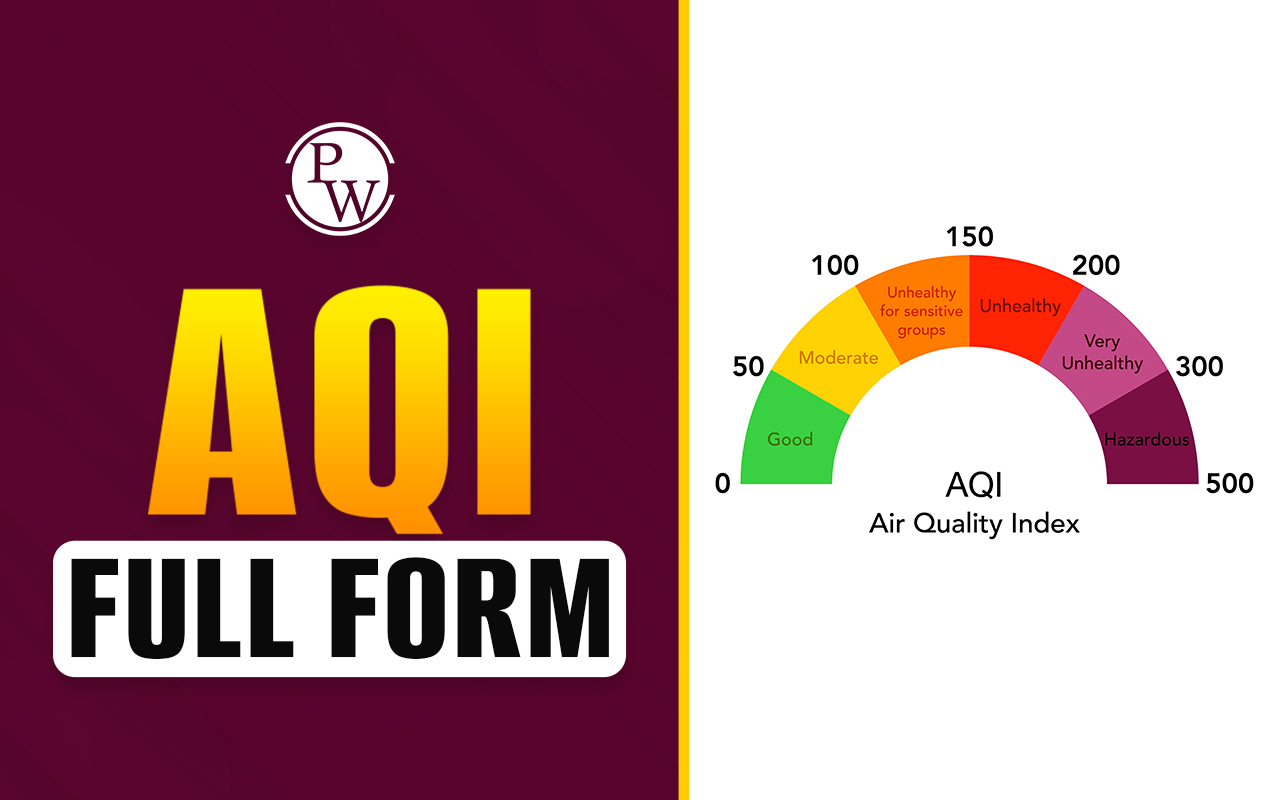

What is ARMY?
“Alert Regular Mobility Young” is the full form of “ARMY.” The Army is the military branch of a country that engages in ground combat. Soldiers are members of the army. Modern armies commonly deploy tanks, aircraft, and helicopters to support ground combatants.
The Indian Army's key objective is to protect the country from external aggression and internal threats, to maintain peace and security within its borders, and to promote national security and unity.
Operation Surya Hope is just one example of how it conducts humanitarian rescue operations in the aftermath of natural disasters and other disturbances. The government can even use it to combat internal threats. The Indian Army is the world's third-largest Army and one of the most formidable and strongest among other countries' armies.
They have previously demonstrated their dominance in a variety of engagements and missions. The Indian Army has only one goal to protect the nation's security and to keep the country united. All recruits in the Army work together to attain this single aim. The Indian Army has 65 armored regiments.
These regiments are classified or separated according to their talents and capabilities. There are two formations holding formation and battle formation. The holding formation is used for defense, whereas the battle formation is for the attack. The Indian Army enhances its capabilities by participating in training missions with nations such as the United States, Russia, and Israel.
Indian Army Facts
- The Agnipath Scheme is a brand-new program launched by the Indian government on June 14, 2022, to recruit soldiers into the three military forces below the rank of commissioned officers.
- The Indian Army has 65 armored regiments.
- The Regiment of Artillery is the Army's second-largest component, accounting for almost one-sixth of the Indian Army's overall manpower.
- The Indian Army Corps of Signals is the organization in charge of the Indian Army's military communications.
- The Army Aviation Corps is the Indian Army's aviation arm and was set up on November 1, 1986.
- The Indian Army's Corps of Army Air Defense is in use. It is a significant combat unit responsible for the nation's air defenses against external threats.
- In 2020, a "Tour of Duty" program was proposed, in which anyone could voluntarily join the military for three years of temporary service.
Forts of the Indian Army
Some of the forts of the Indian Army are as follows:
- ATNK&K Army Area garrison Fort St George, Chennai.
- Ordnance Depot Fort, Allahabad.
- Fort William, Kolkata: Eastern Army Command's garrison.
Indian Army Personnel
Although the Indian constitution provides for military conscription. Conscription has never been employed, and the Indian Army remains a volunteer army. The Indian Army is authorized to have 49,932 officers (7,679 are under-strength as of July 1, 2017), 42,253 serving soldiers, and 1,215,049 enlisted men (1,194,864 serving, 20,185 under-strength).
Indian Army Uniform
To decrease their vulnerability to attack, the East India Company's forces in India initially dyed their white summer tunics a neutral shade of tan known as khaki (from the Hindi word for "dusty"). This transitory solution became the norm in Indian service in the 1880s. However, until the Second Boer War in 1902, the British Army did not embrace dun as the standard for Service Dress. The Indian Army's designated color for dun is khaki.
[wp-faq-schema title=" Full Form of ARMY FAQs" accordion=1]
Who is the Indian Army's founding father?
Which is the top Army in India?
Which are the largest five armies in the world?
Who is the Indian Army's God?
Why is the Indian Army renowned?












